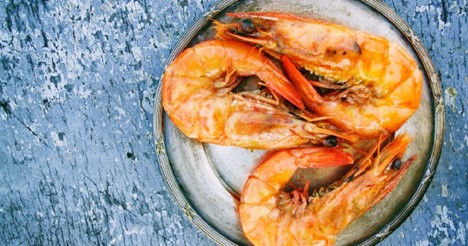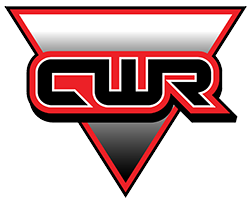Maintaining Cold Chain Integrity for Fresh and Frozen Seafoods

In the seafood industry, cold chain integrity isn’t something that’s optional. It’s absolutely essential in protecting bacterial growth, preserving freshness and flavor, extending shelf life, and supporting regulatory compliance. From the moment fish and shellfish are harvested to the time they reach consumers, maintaining precise temperature control is a top priority.
At Central Washington Refrigeration, we help seafood processors and distributors design and maintain cold storage systems that support every link in the cold chain. Whether you’re handling fresh catches or frozen exports, here’s what it takes to keep your seafood cold chain strong, consistent, and compliant.
What Is Cold Chain Integrity?
Cold chain integrity refers to the uninterrupted control of temperature throughout the storage and transportation of perishable goods. In seafood processing, this means keeping products at 32°F or lower for fresh fish and shellfish and 0°F or colder for frozen seafood.
Any break in this chain, whether during unloading, storage, transport, or handling, can lead to spoilage, bacterial growth, and loss of quality. You can’t sell spoiled seafood after all, and disposing of contaminated or degraded products is expensive.
Why It Matters in the Seafood Industry
Seafood is highly sensitive to time and temperature. Even a brief temperature spike can trigger enzymatic and microbial spoilage and compromise texture, flavor, and shelf life. When this happens, it’s likely that the seafood will violate regulations and lead to additional product recalls, as well as create financial losses and reputational damage. Cold chain integrity ensures your product remains safe, high-quality, and market-ready, from dock to dinner plate, just as consumers expect.
Key Components of a Reliable Seafood Cold Chain
So what exactly goes into a reliable seafood cold chain? Here are the key elements:
Blast Chillers and Freezers
Rapid cooling is critical for seafood. Blast chillers quickly lower internal product temperatures to safe levels, while blast freezers lock in quality and prevent large ice crystal formation that can damage texture. Seafood flesh is extremely delicate, and delayed cooling can lead to a soft, mushy texture and discoloration or dull appearance.
Temperature-Controlled Storage Rooms
Your cold storage should maintain stable, uniform temperatures with proper insulation and airflow. Central Washington Refrigeration custom-builds walk-in coolers and freezers designed specifically for seafood processing and long-term storage.
Some of the most important features for walk-in seafood freezers are consistent temperatures, high quality installation (think polyurethane or polystyrene insulation), evaporator and condenser units, defrost systems, humidity control, and corrosion-resistant interior finishes.
Real-Time Monitoring and Alerts
Smart monitoring systems help you track temperatures 24/7 and send alerts if conditions fall out of range. This enables immediate action to prevent spoilage or compliance issues. Real-time monitoring and alerts also offer peace of mind for business owners who are responsible for high-value, perishable inventory. If anything goes wrong, you’ll know the minute it happens, allowing you to prevent waste.
Reliable Backup Systems
Power failures can be devastating. Backup generators and fail-safe refrigeration controls ensure your storage systems keep running—even during outages. Without them, a sudden power outage or equipment failure can lead to rapid temperature rise, spoilage, regulatory violations, and tens of thousands of dollars in lost product. Surely, no one wants that! And the worst part is that this can all happen in just a few hours. This makes having a reliable backup system absolutely essential.
Sanitation and Air Quality Matter, Too
Humidity, airflow, and sanitation play supporting roles in seafood preservation. Proper air circulation prevents moisture buildup, while routine sanitation helps avoid cross-contamination and odor absorption. Cold storage units designed for seafood should also resist corrosion from salt and moisture.
Seafood naturally contains high levels of salt, which is why the combination of this, high humidity, and potential moisture can quickly lead to corrosion. The best materials for cold storage for seafood includes food-grade stainless steel, anti-corrosion coatings, vapor barriers, durable flooring, and proper sealing.
Final Thoughts: Consistency Is Everything
In seafood cold storage, there’s no room for temperature swings or system failures. Consistency protects not just product quality, but also your business, your customers, and your brand.
At Central Washington Refrigeration, we design, build, and maintain industrial refrigeration systems that support every step of the seafood cold chain. From blast freezers to walk-in coolers, our solutions are engineered for performance, reliability, and compliance in even the most demanding environments.
Need help upgrading or maintaining your seafood cold storage system? Contact Central Washington Refrigeration today at 509-248-4600 to learn more!
